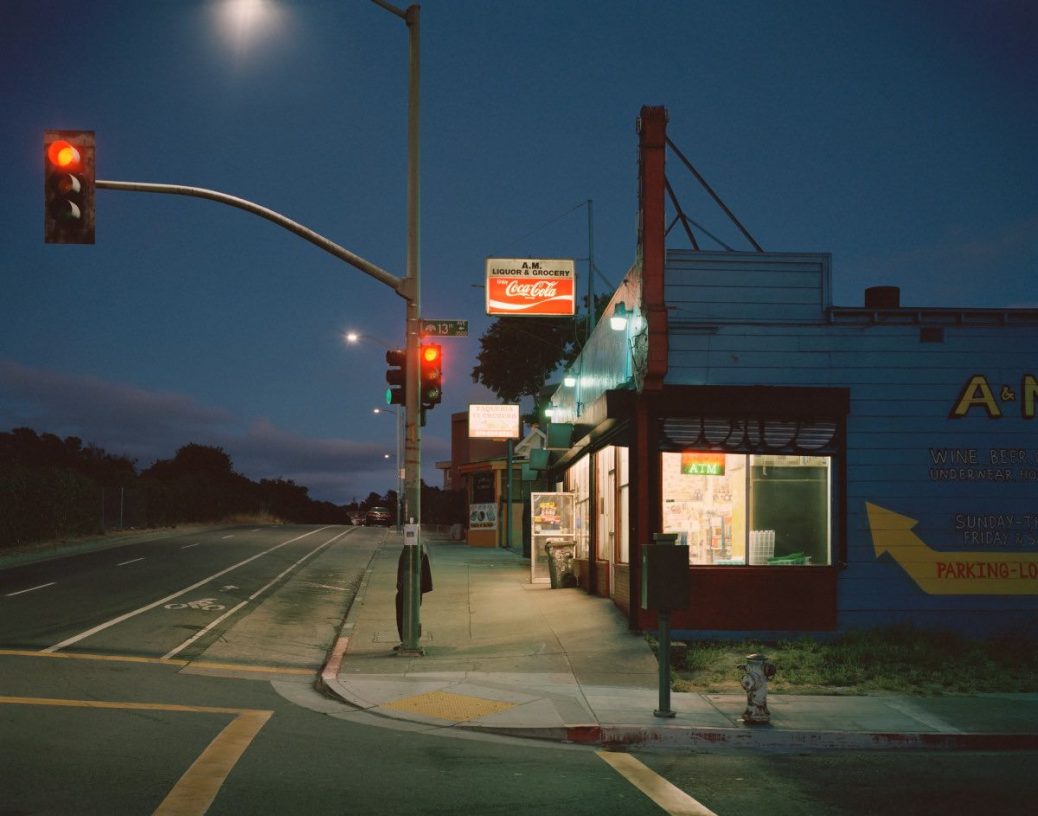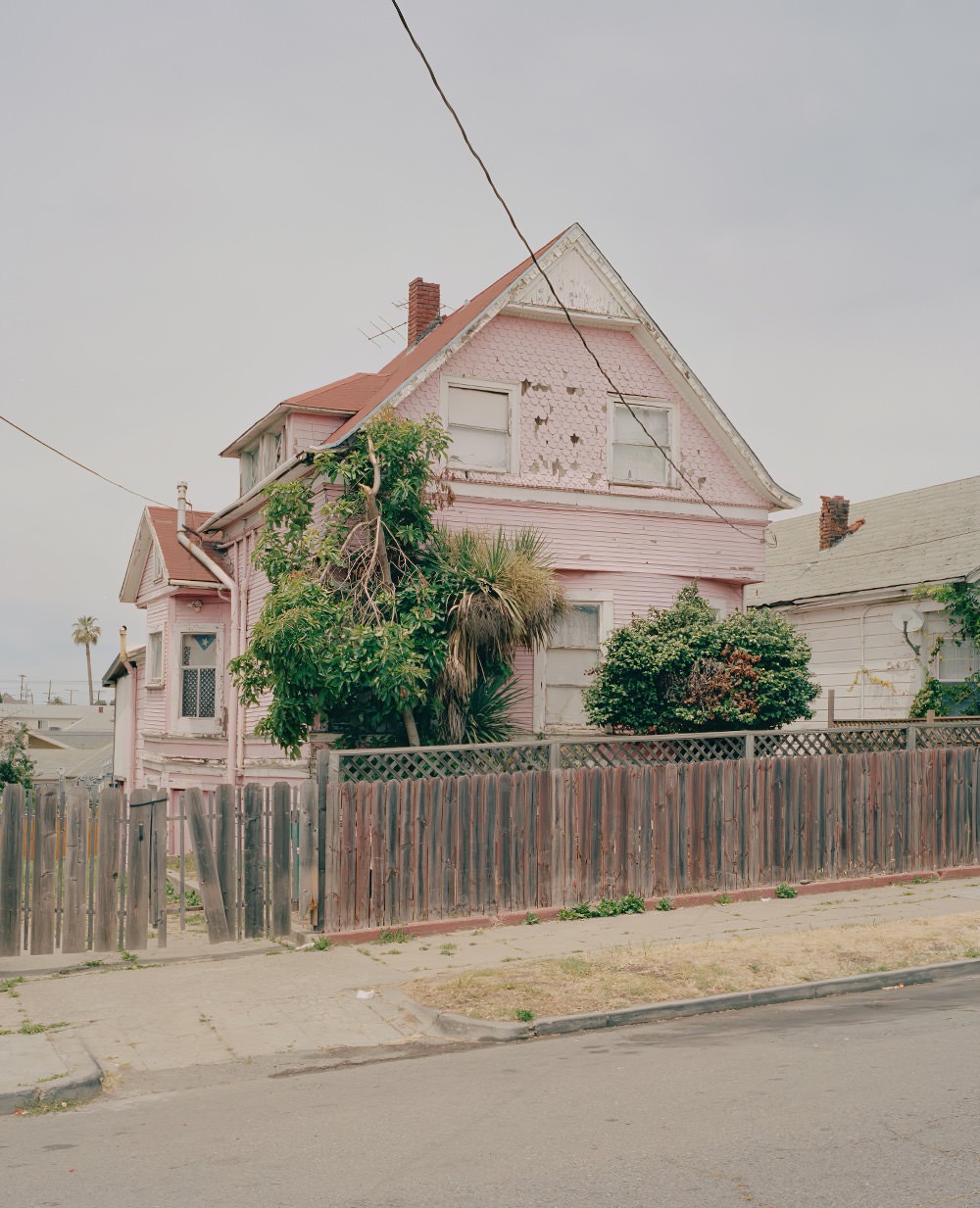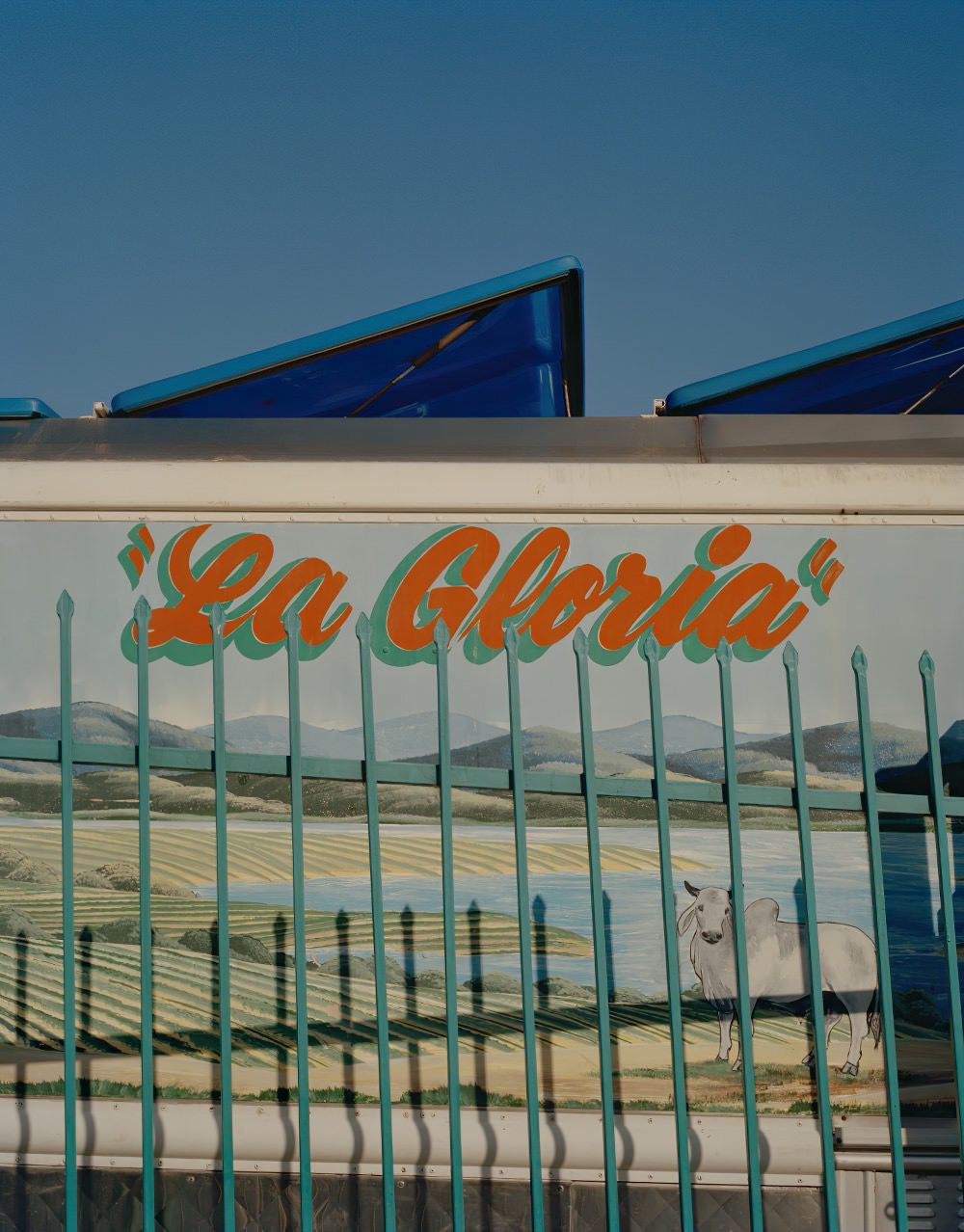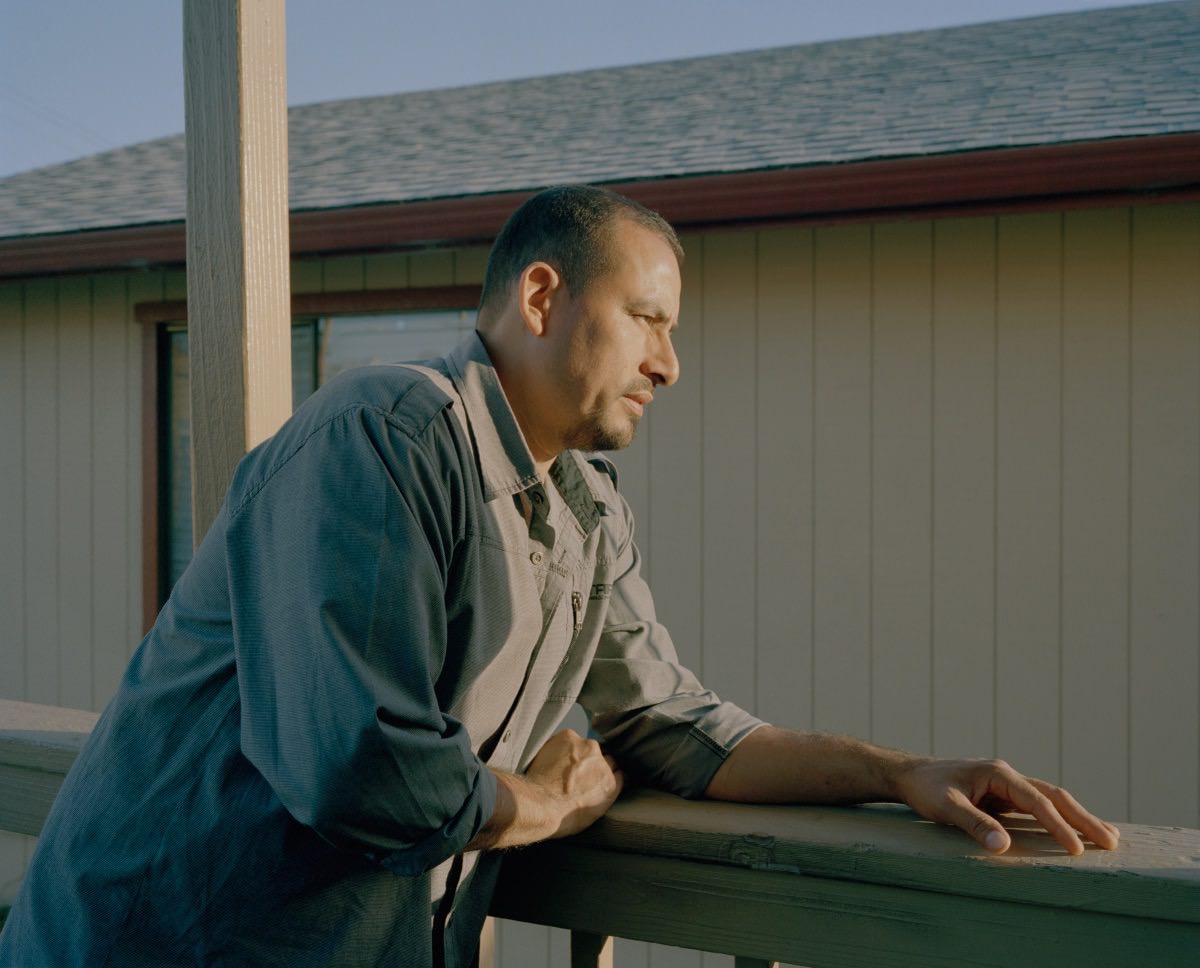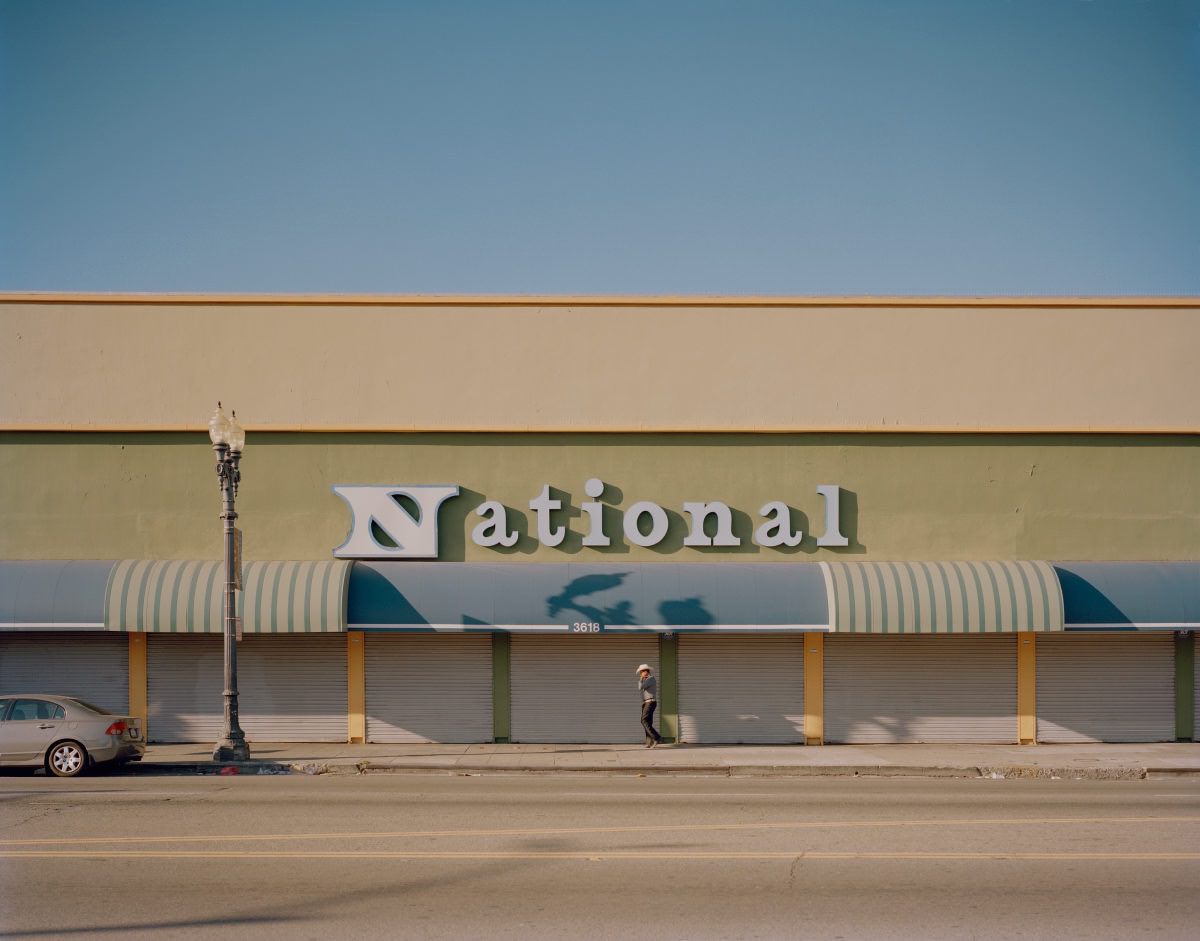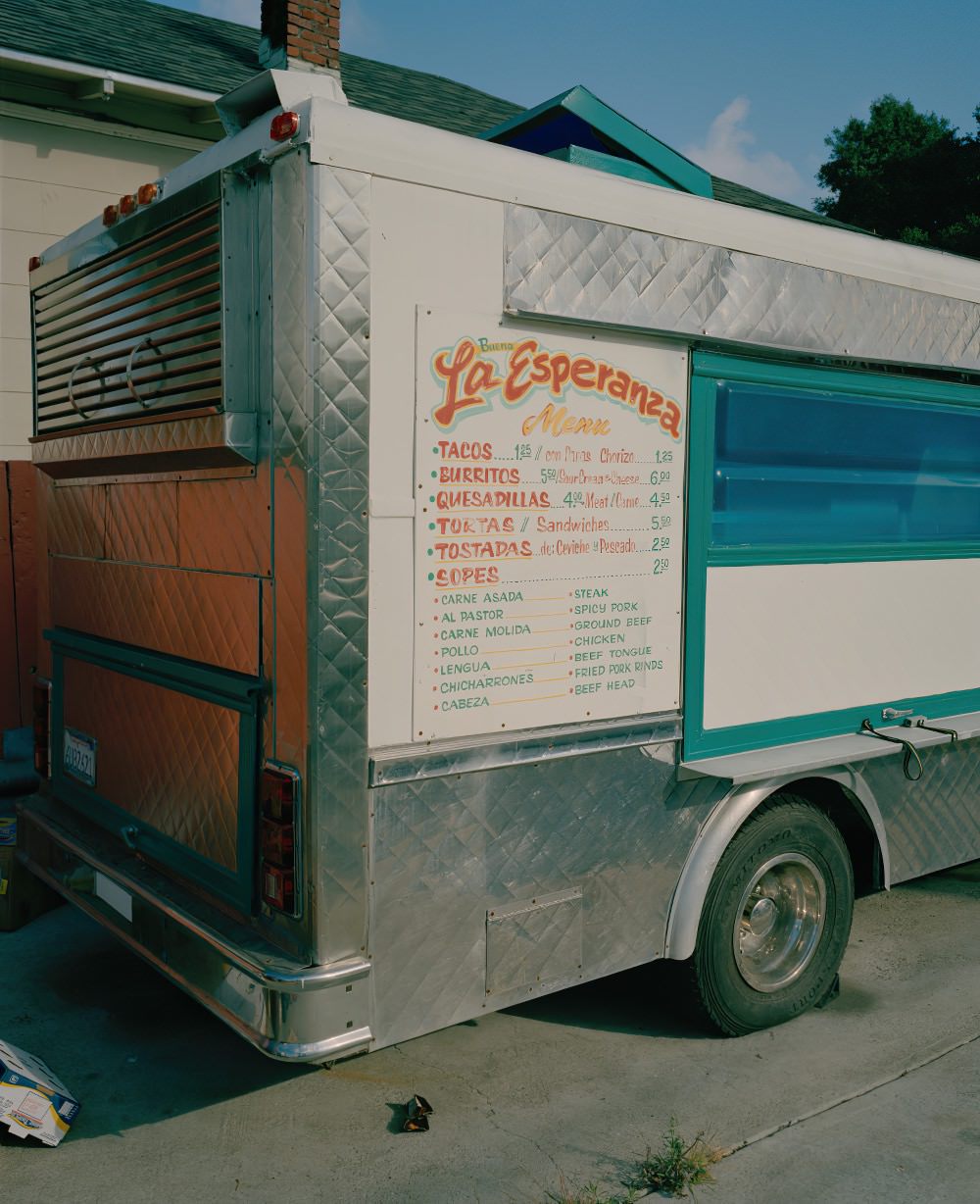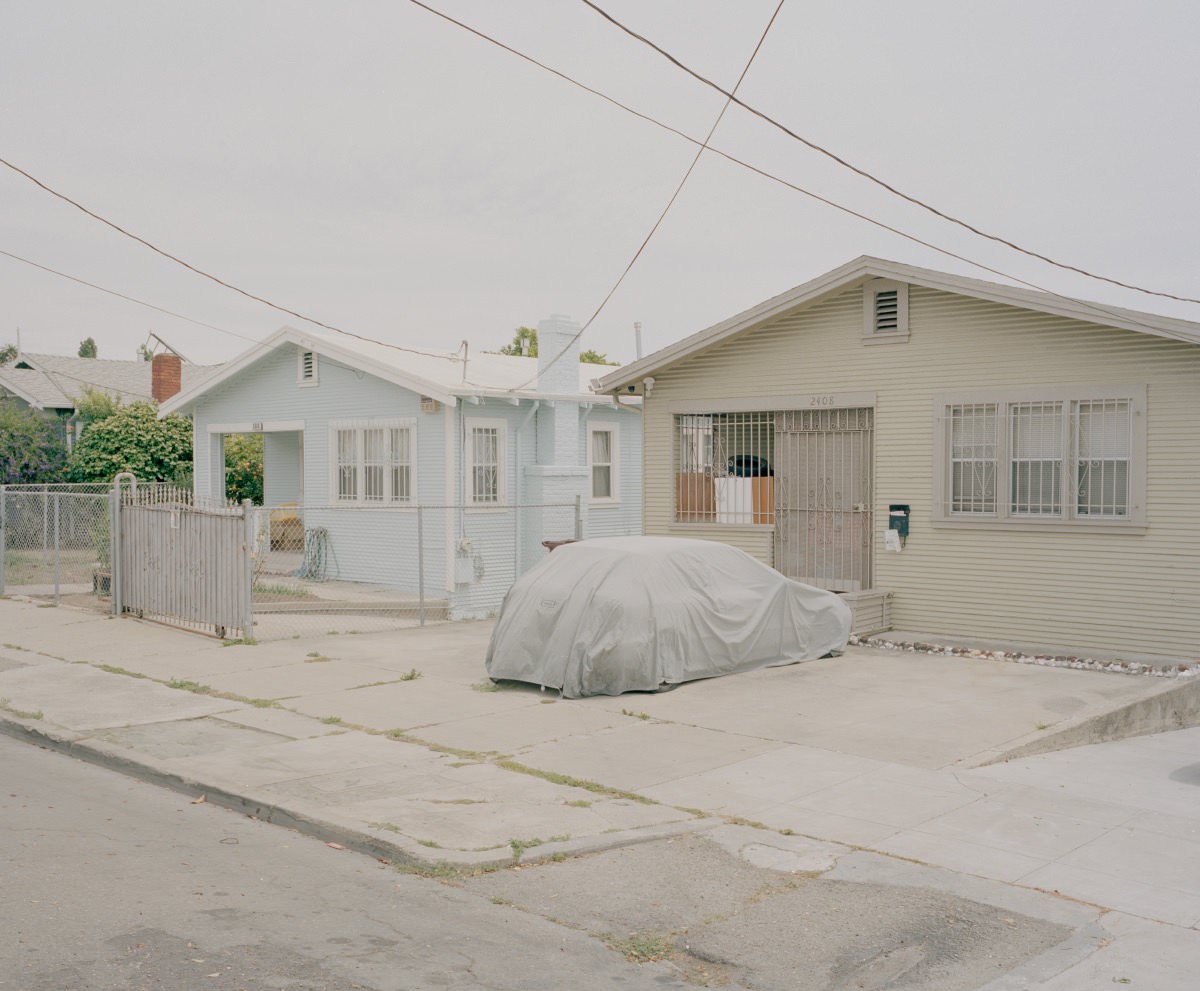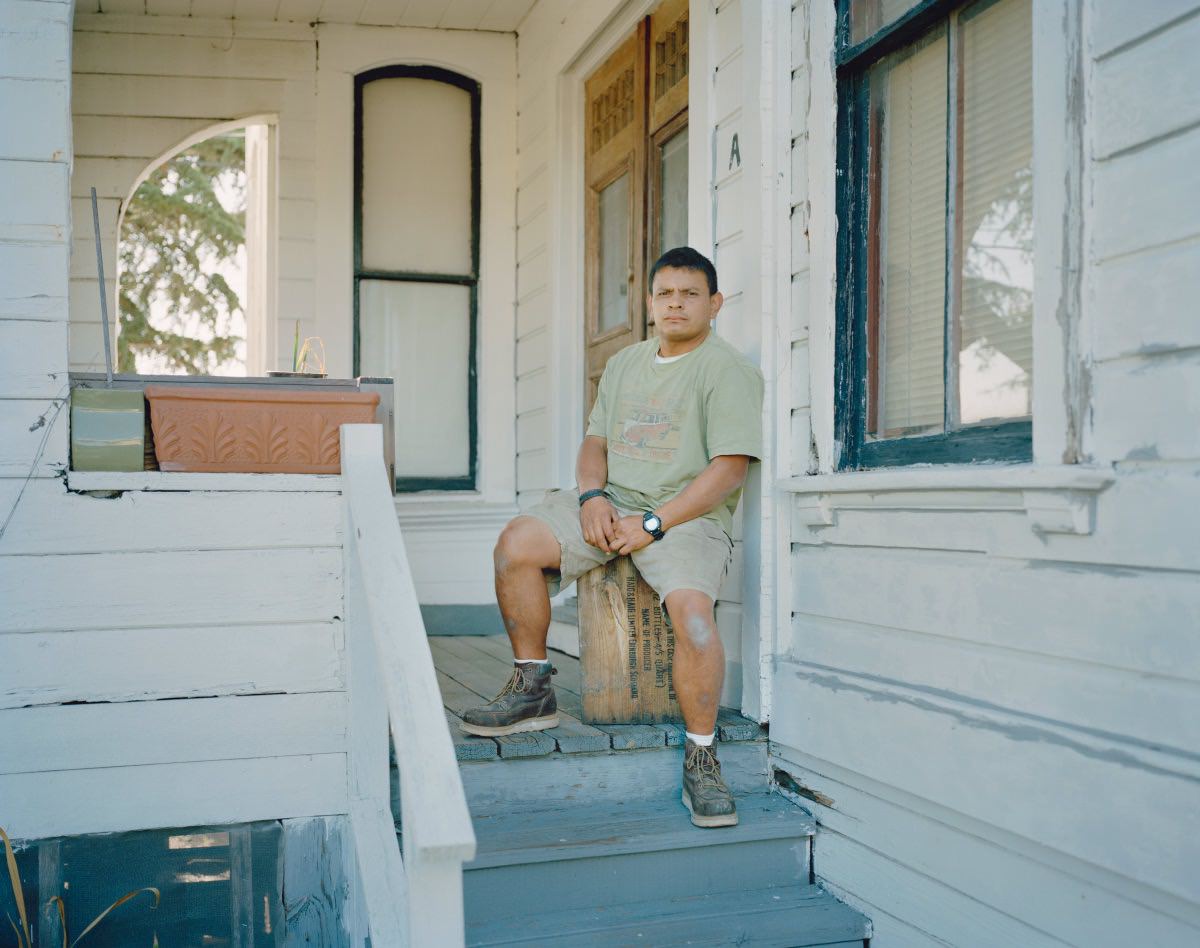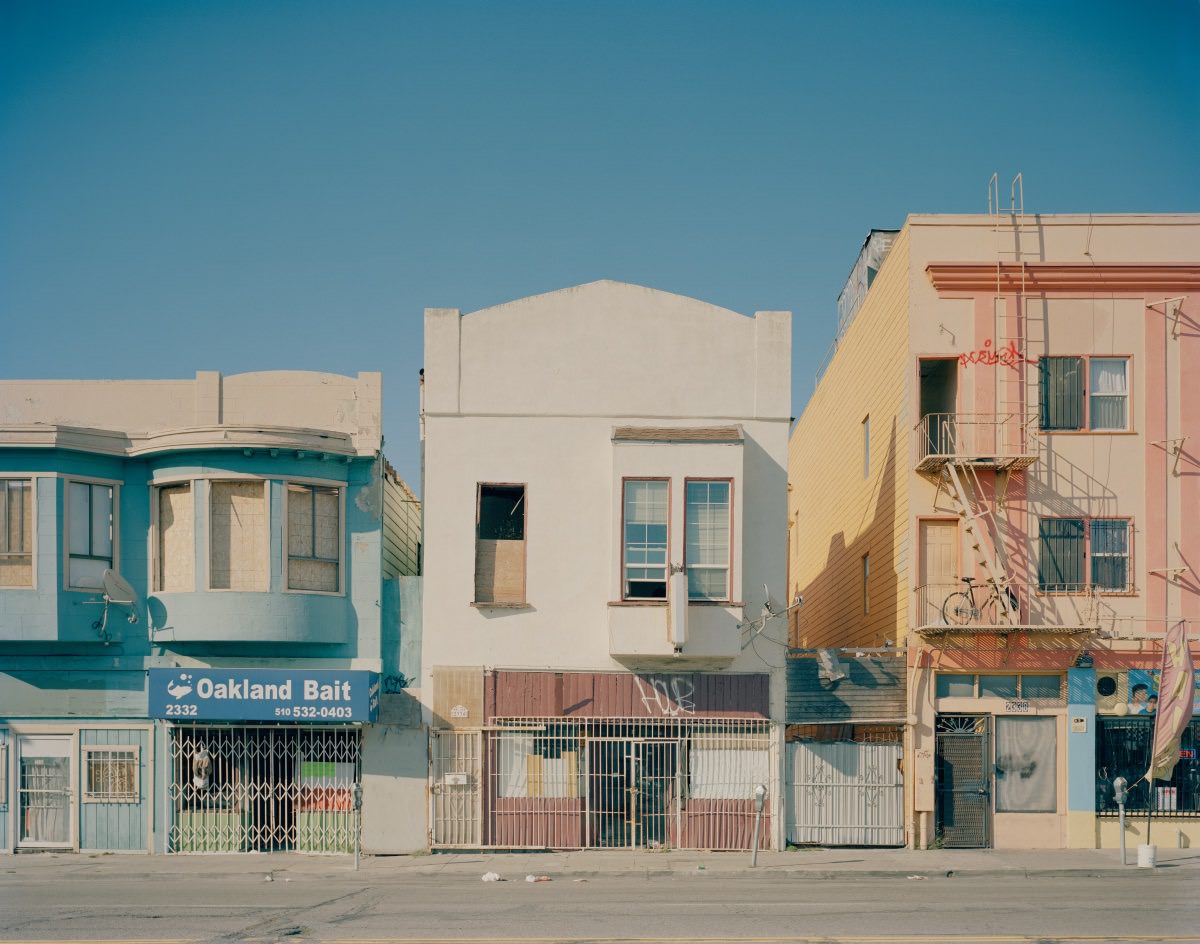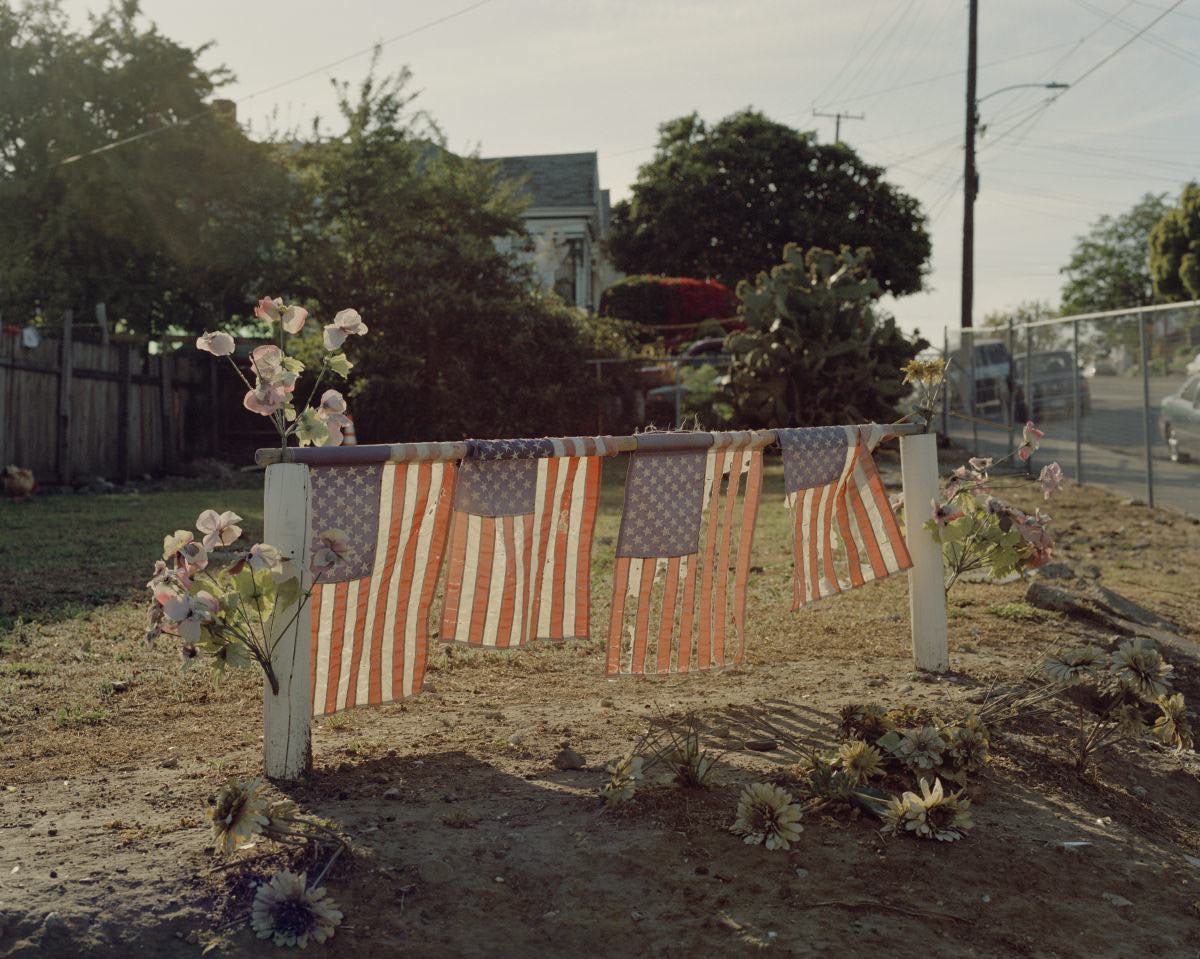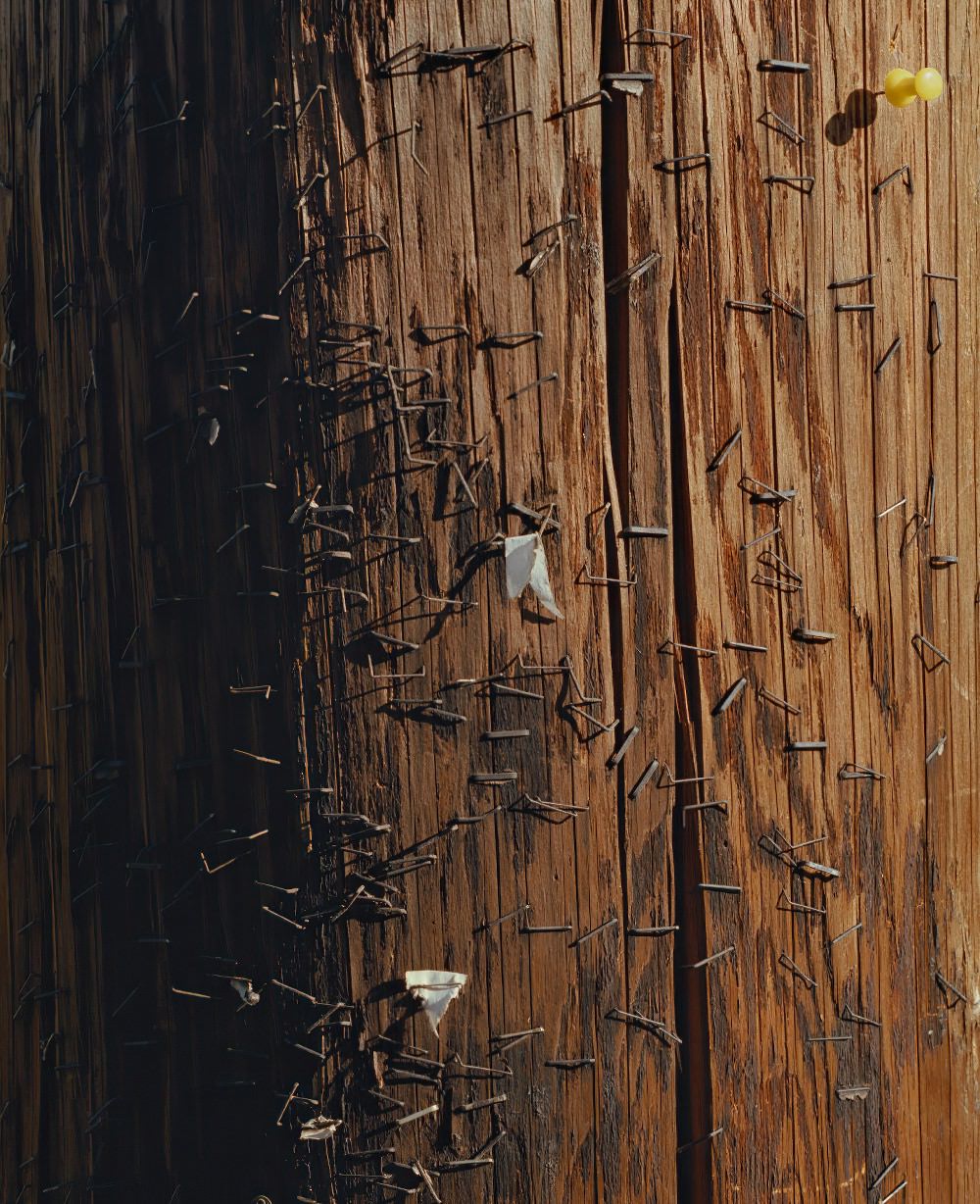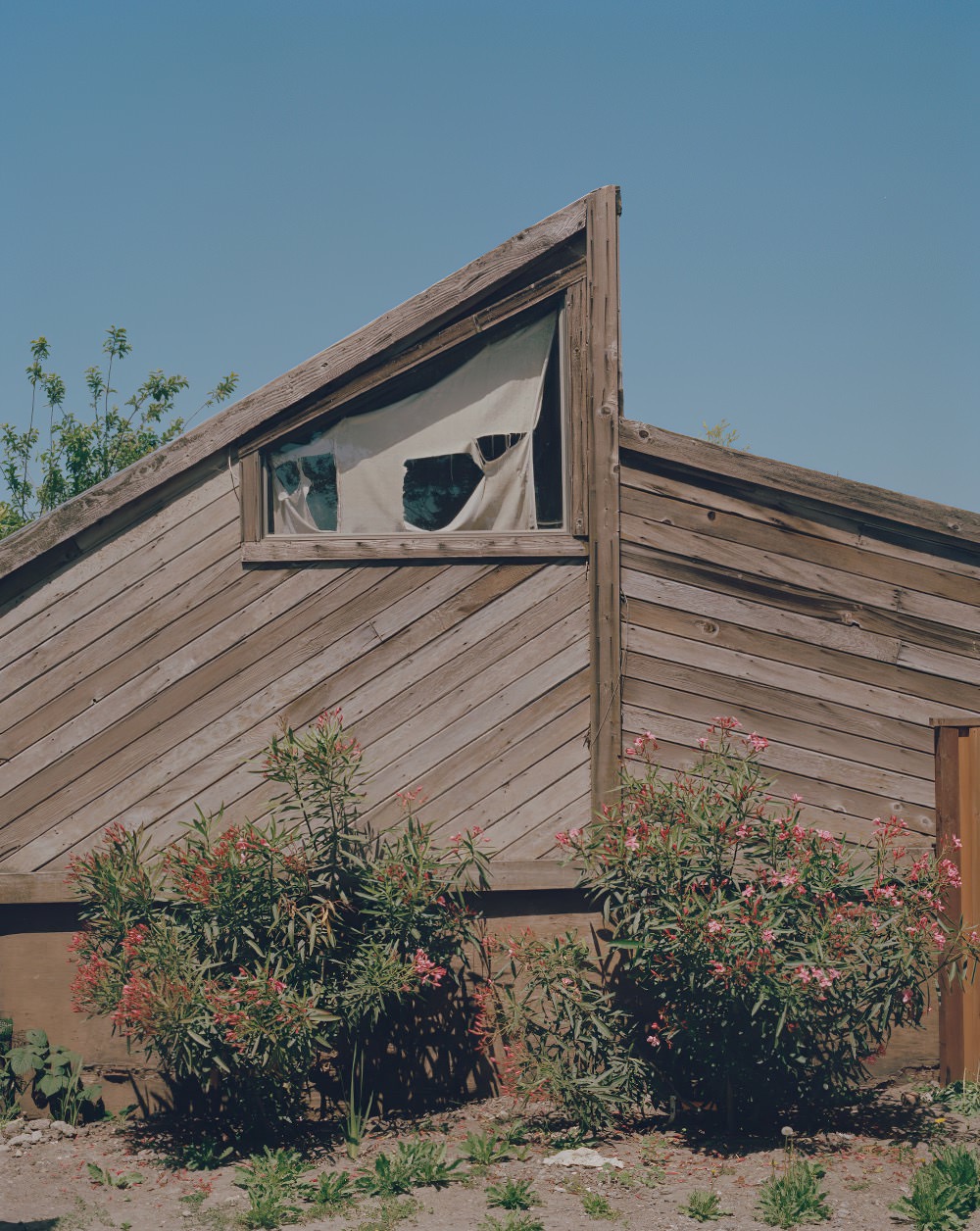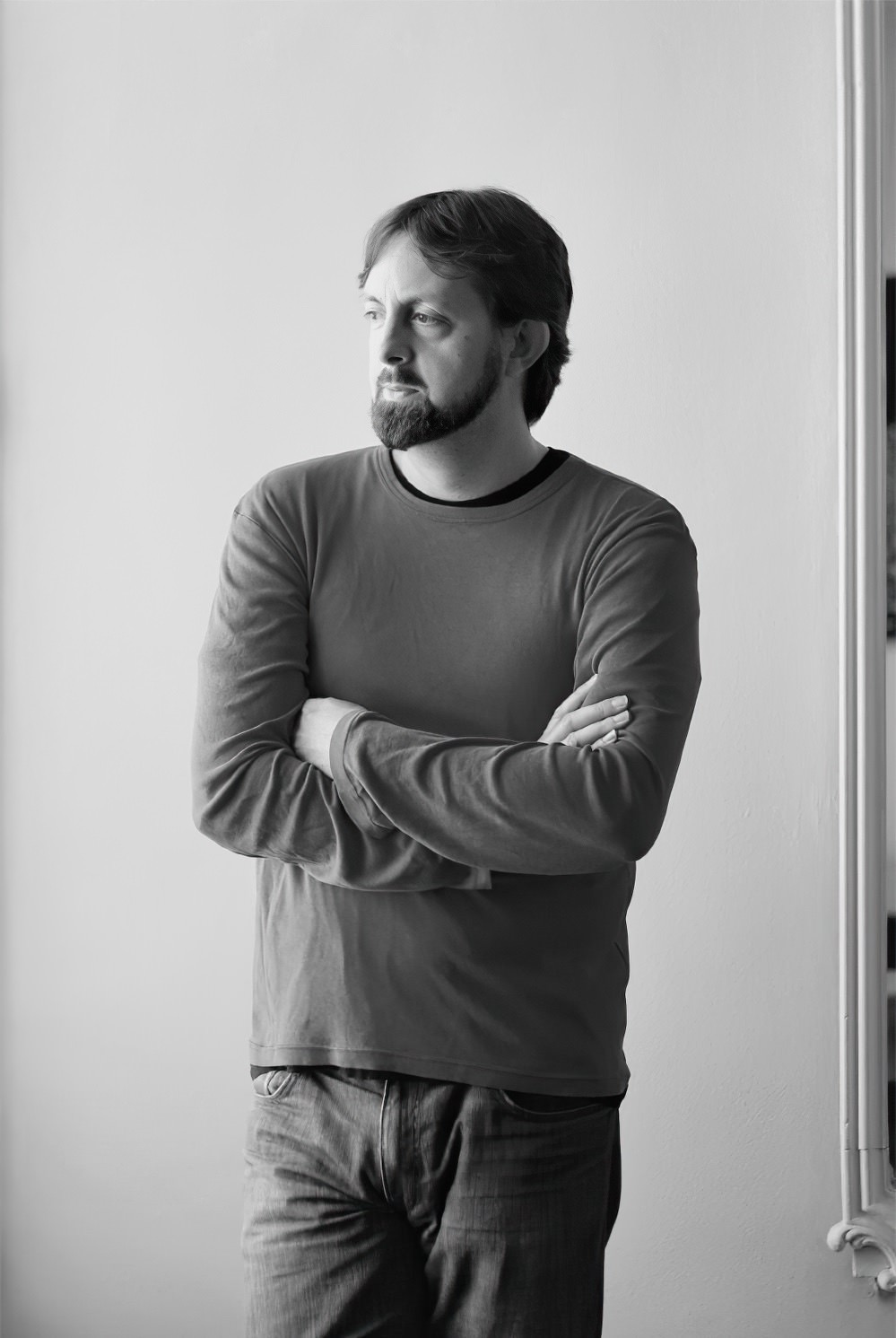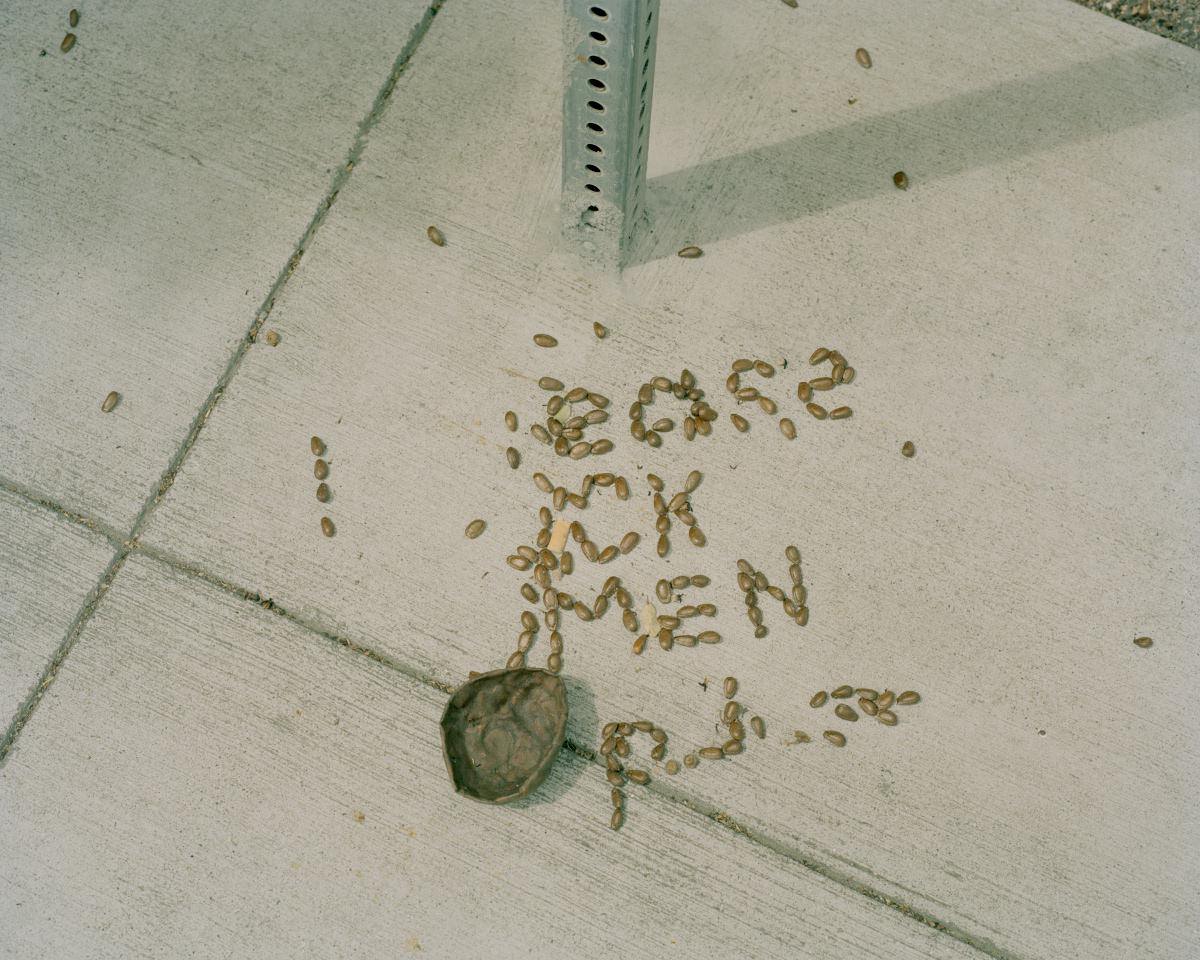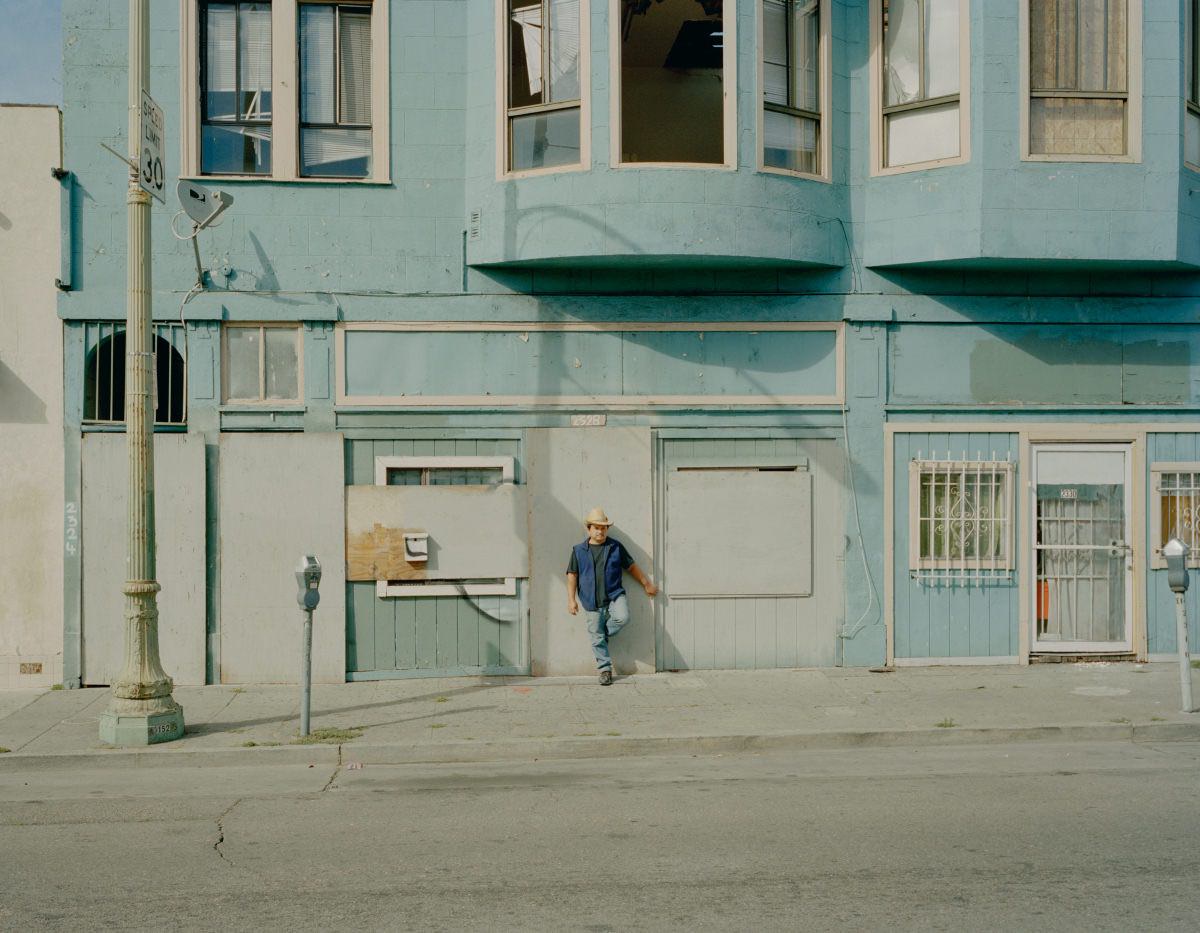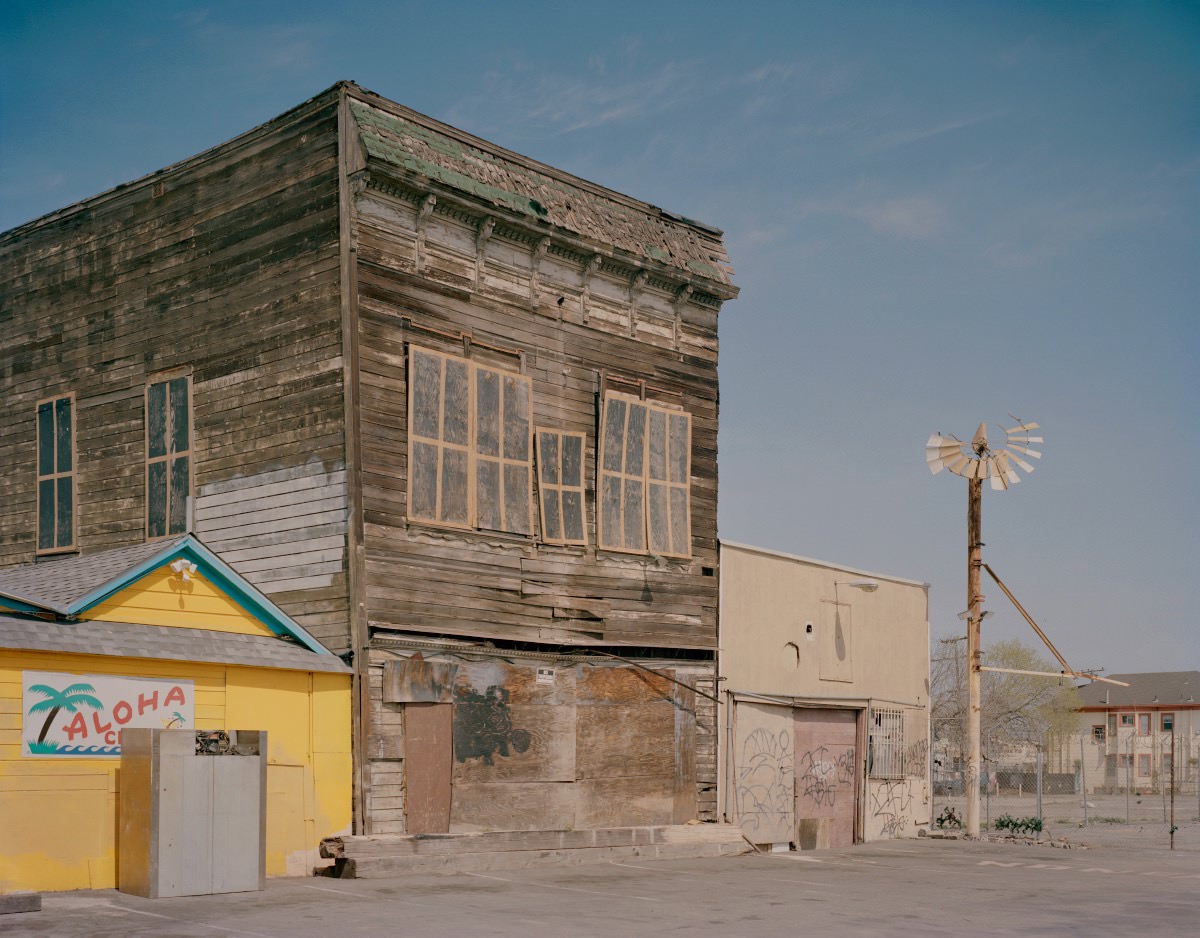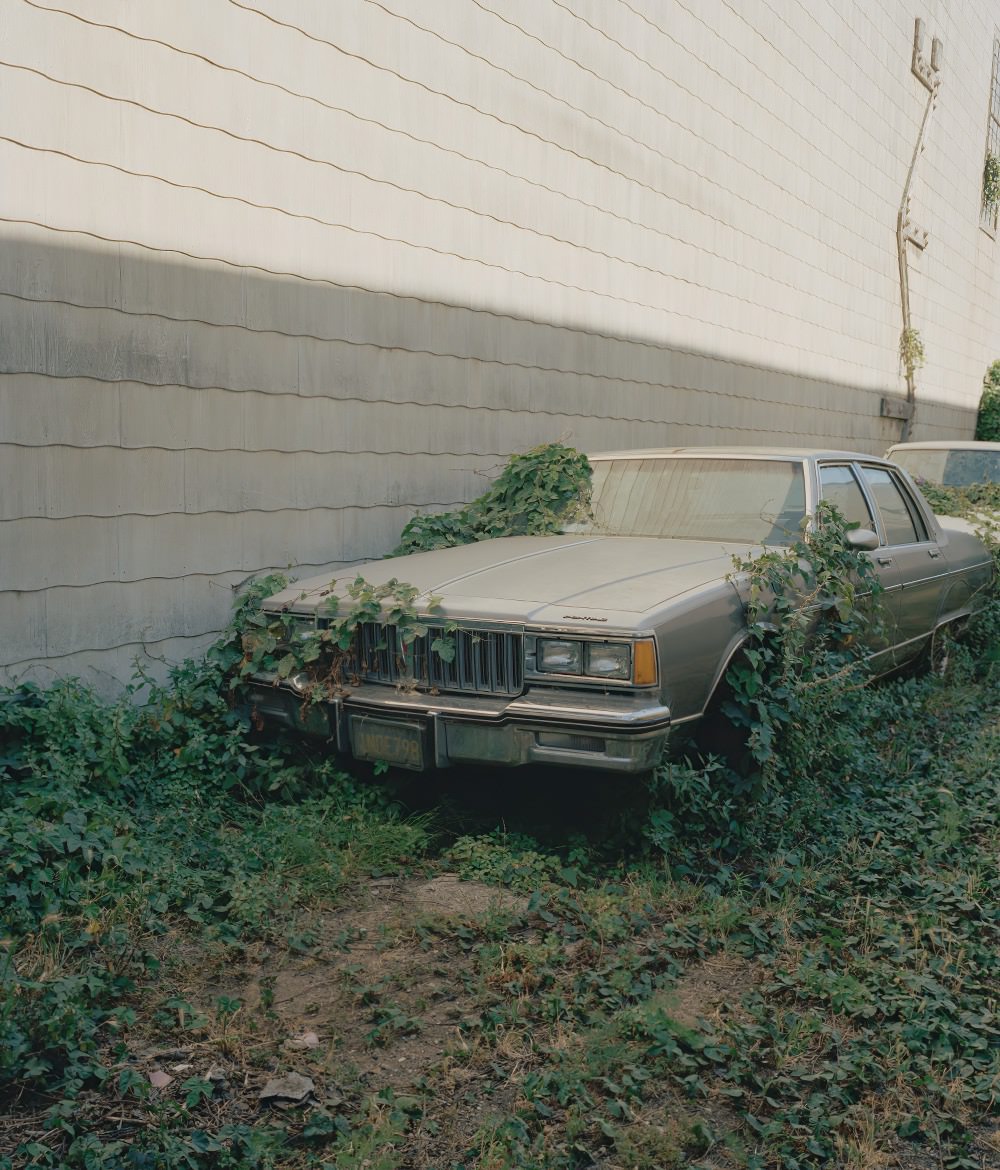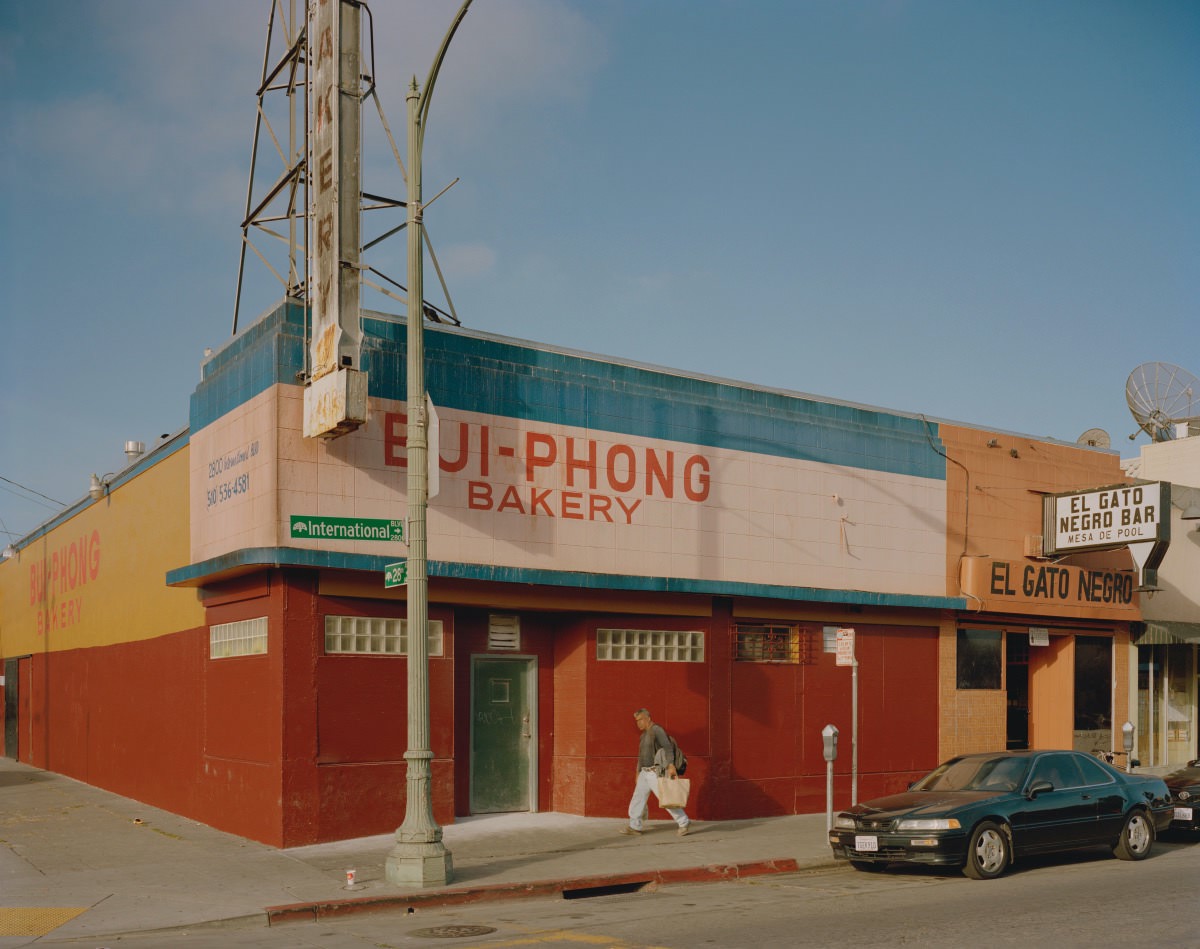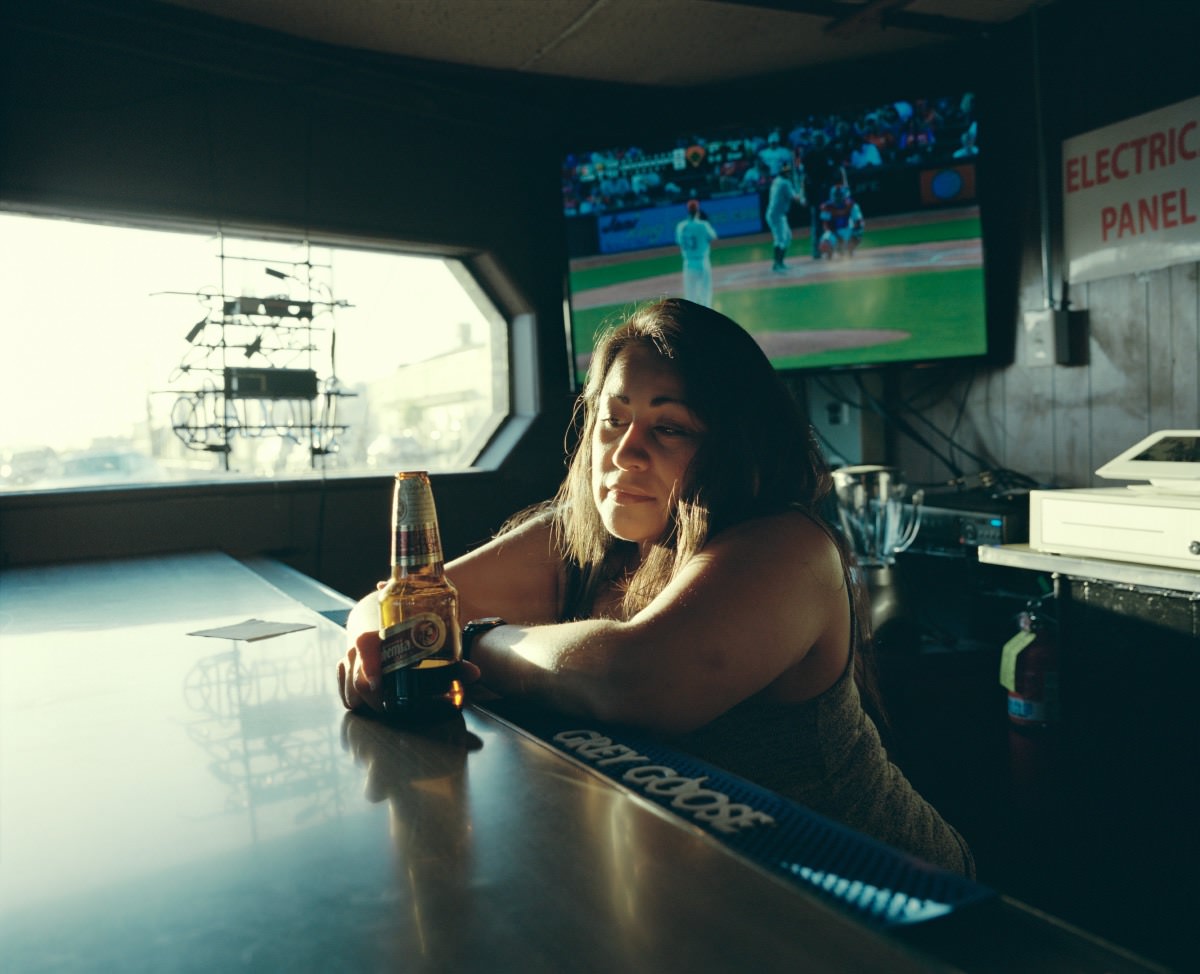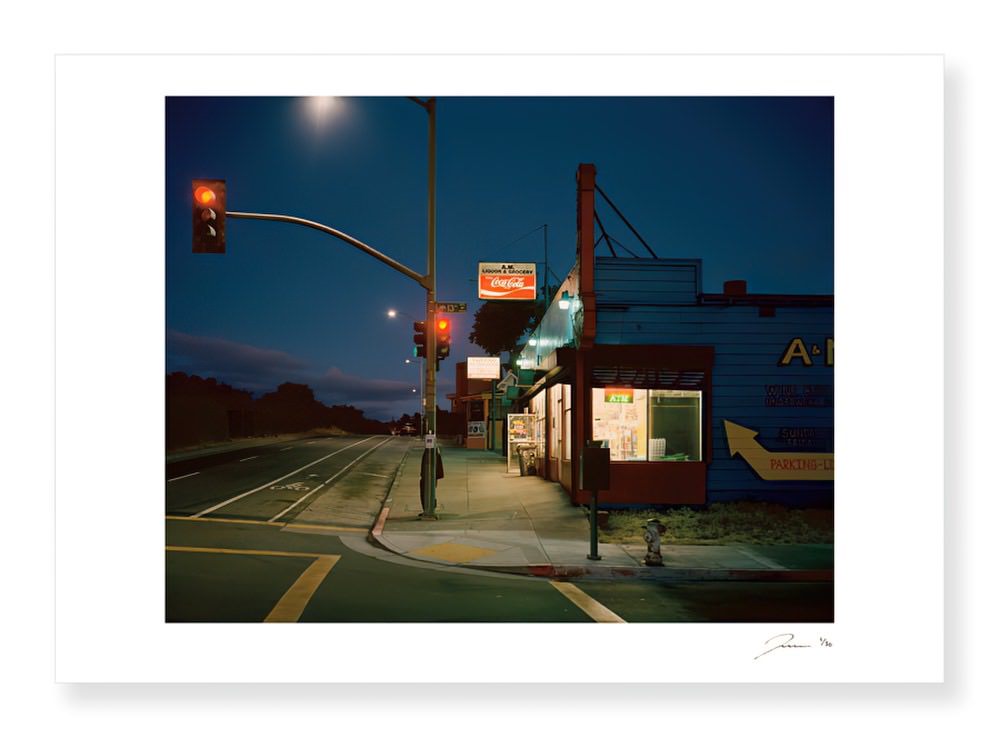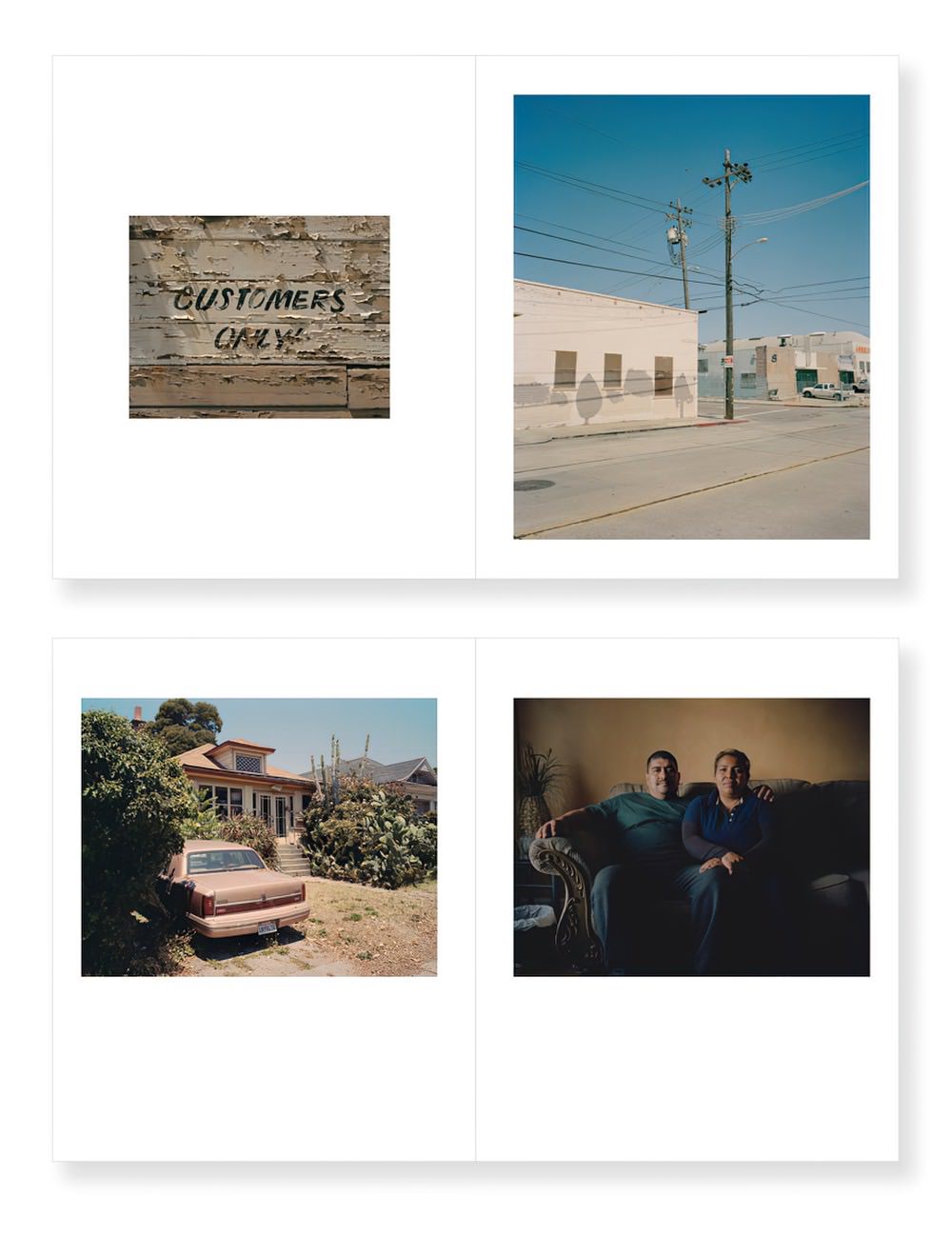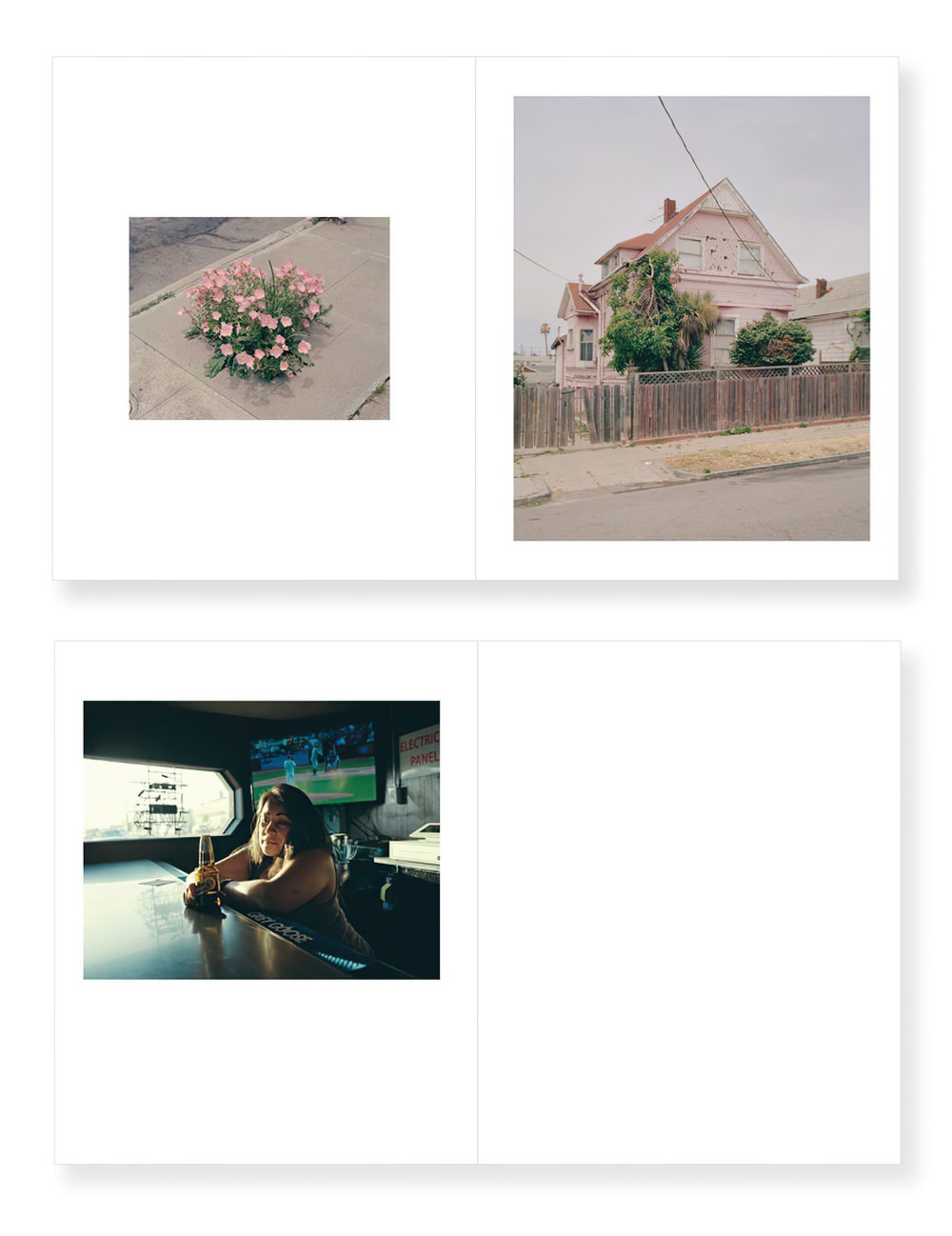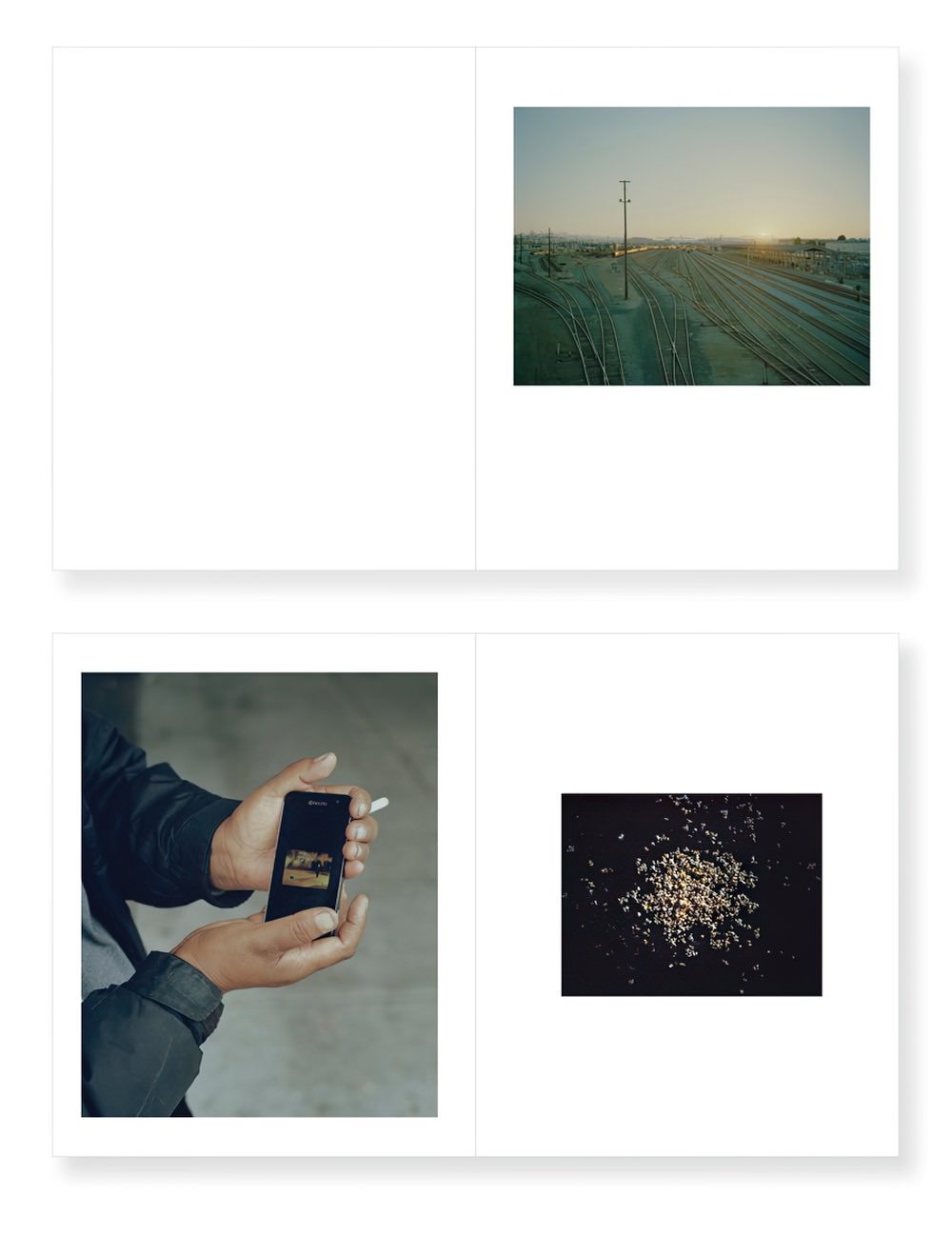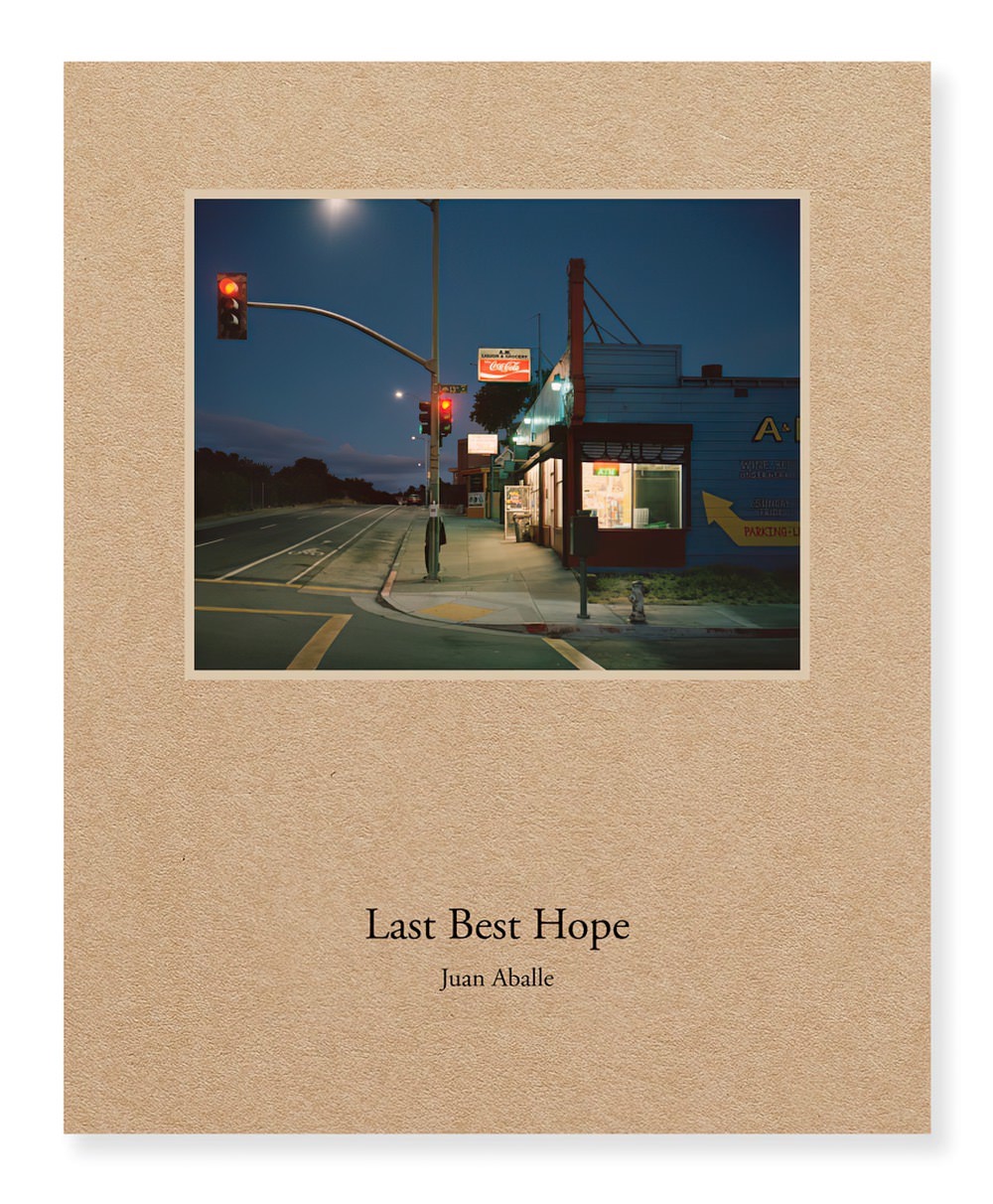Juan Aballe: Last Best Hope
“Know ye, that on the right hand of the Indies there is an island called California very close to a side of the Earthly Paradise” – The Adventures of Esplandián, Garci Rodríguez de Montalbo (Seville, 1510)
Photographed in the city of Oakland, California, Last Best Hope by Juan Aballe is a visual essay that reflects on hope as a fundamental driving force of the human condition. The images of Last Best Hope take reality as a starting point to create a fragmented narrative that is torn between idealism and delusion, between the search for a better life and the decay of a paradise that has long ceased to be one.
“We shall nobly save or meanly lose the last best hope of earth. Abraham Lincoln pronounced this famous phrase in a historic speech on December 1, 1862, before the Congress of the United States of America. In the midst of civil war and faced with the threat of a pro-slavery Confederate victory, Lincoln defended with these words the idea of an America open to immigrants from all over the planet, of a hopeful land in which to establish a new home,” explains the author.
About the Author
Juan Aballe (Madrid, 1975) began working in the photographic laboratory while studying chemistry at the universities of Madrid and Berlin.
After finishing his university studies, he decided to dedicate himself entirely to photography and audiovisual communication. He studied documentary and conceptual photography at the International Center of Photography (New York) and completed the International Master of Photography at EFTI (Madrid). He has received a scholarship from institutions such as the Ministry of Culture of Spain, the Botín Foundation or EFTI and his work has been exhibited in countries such as Portugal, England, Italy, Japan or Australia. After living for several years in Germany and the US, he currently resides in Madrid.
Aballe’s photographic work combines the formal documentary tradition with an interest in exploring the medium’s capacity to generate emotions beyond the represented reality itself. Assuming subjectivity and ambiguity as intrinsic attributes of photography, the author is interested in delving into the evocative capacity of a language in which the viewer and his visual baggage play a fundamental role.

